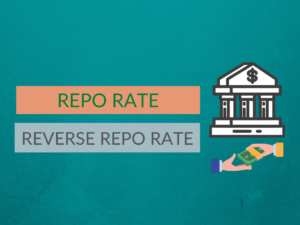In the market every thing either goods or service is given a particular value. But some of them may appreciate or depreciate by time. And the process to calculate the final value of that particular asset or good or service is called as Appreciation and Depreciation.
Appreciation:
The term appreciation in general refers to the appraisal of a person or recognition of a person for his service or work done by him and coming to financial terms the term appreciation refers to rising the value of something. Appreciation of currency emails increasing in the value of the currency. The currency value is increased because when it is compared to the demand and supply of the other international currencies in the international market, by that the appreciation of the currency would be estimated.
Depreciation:
The term depreciation is generally the opposite of the appreciation. Depreciation means decrease in the value of any financial asset. Depreciation of currency means decrease in the value of the currency. It is also based on the demand and supply of the currency when compared to International currencies in international market.
Both the terms appreciation and depreciation are generally used in the exchange rate. In India RBI plays a major role in depreciating or appreciating the Rupee value and maintaining the exchange rate. Most of the times RBI will not involve in exchange rate maintenance but sometimes RBI involves and manages exchange rate of rupee because when Rupee value is depreciating gradually rupee becomes weaker we have to pay more Indian rupees to purchase dollar. Instead of $1 we have to pay 72 rupees. RBI maintains foreign exchange reserve 383 billion dollars from this reserve RBI releases Dollar into market to balance demand and supply of dollar as shown in below flow chart.


Difference between Appreciation and Depreciation:
| Apprecaition | Depreciation |
|---|---|
| The value of the Rupee increases with respect to foreign currency. | The value of Rupee depreciates with respect to foreign currency. |
| Based on demand and supply for dollar in market. | Based on demand and supply of dollar in the market. |
| It is done by market forces. | Depreciation is caused by the by market forces. |
| The value of Rupee voluntarily appreciated by RBI. | The value of Rupee is voluntarily depreciated by RBI to benefit the economy. |
| Effects | |
| The value of Rupee appreciates with respect to foreign currency. | The value of the Rupee depreciates with respect to foreign currency. |
| The remittance to India decreases from $72 to $55 and when they get less money in the form of rupees so that NRI remittance decreases. | The remittance to India increases $1 = 55 rupees to $1 = 72 rupees. If you convert $1 we will get 72 rupees hence NRI's will send money to India. |
| Export decreases because earlier one dollar is 72 rupees now one dollar is 55 rupees they will get less goods they feel that Indian goods are costly and sale goes down. | Exports increases $1 = 72 rupees now, so that foreigners feel that India goods become cheap they are ready to purchase so that exports increases. |
| Abroad education becomes cheap. | Abroad education is costly. |
| Imports are cheap. | Imports are costlier. |
Conclusion:
The Appreciation and Depreciation factors are commonly used by the RBI. We can easily identify that RBI voluntarily appreciates and depreciates the rupee value depending on the forces of the international financial market. There are both advantages and disadvantages for both the consequences when Indian RBI appreciates or depreciates the Rupee value.
For further reading about Difference between Stock and Share click here.



